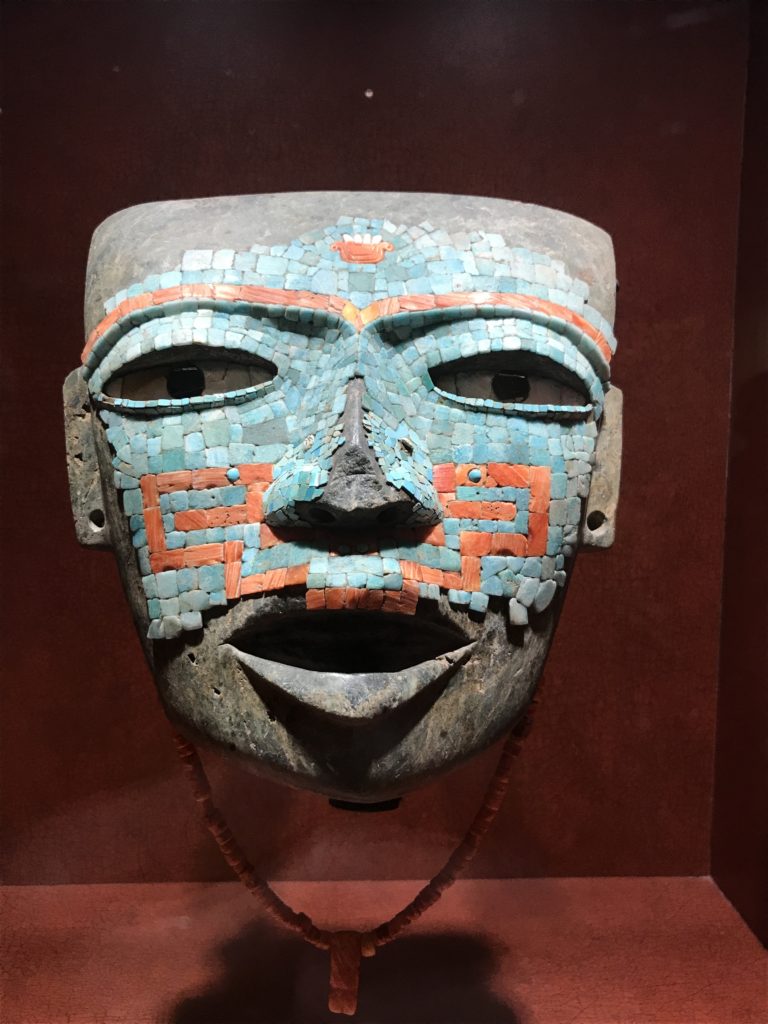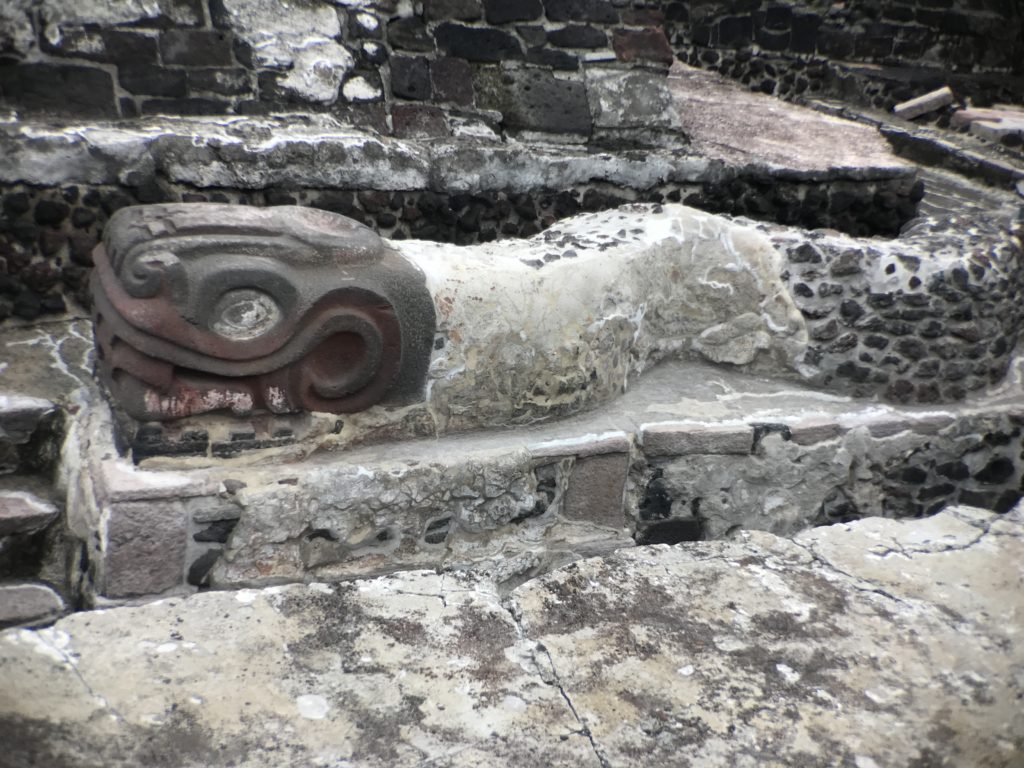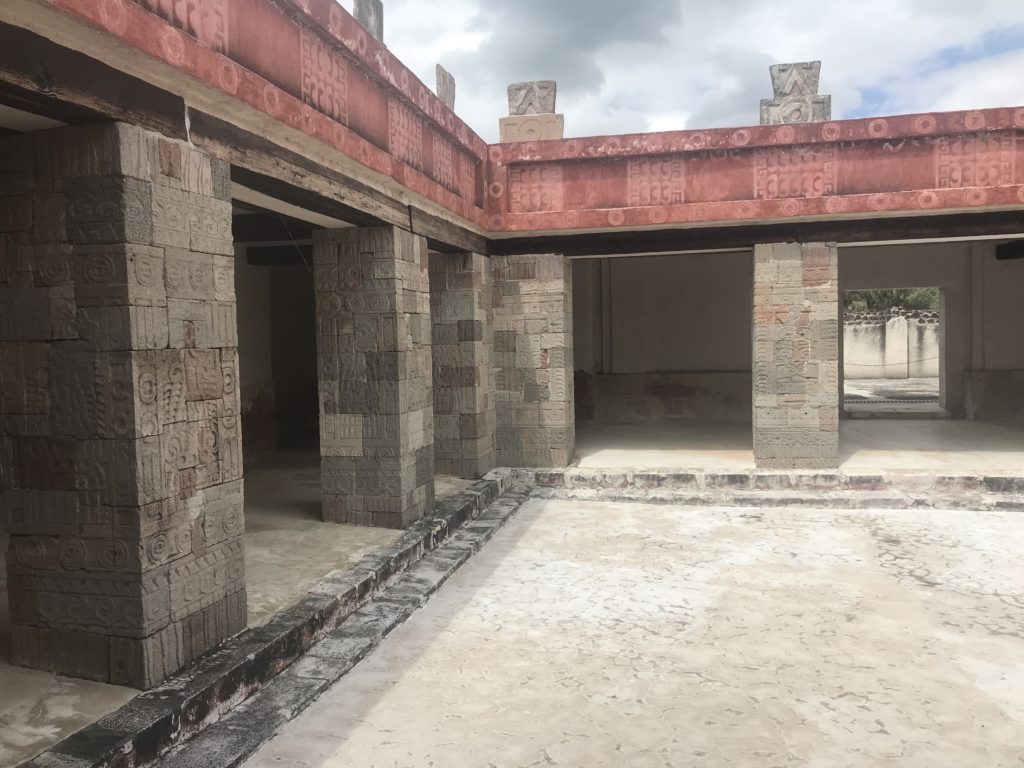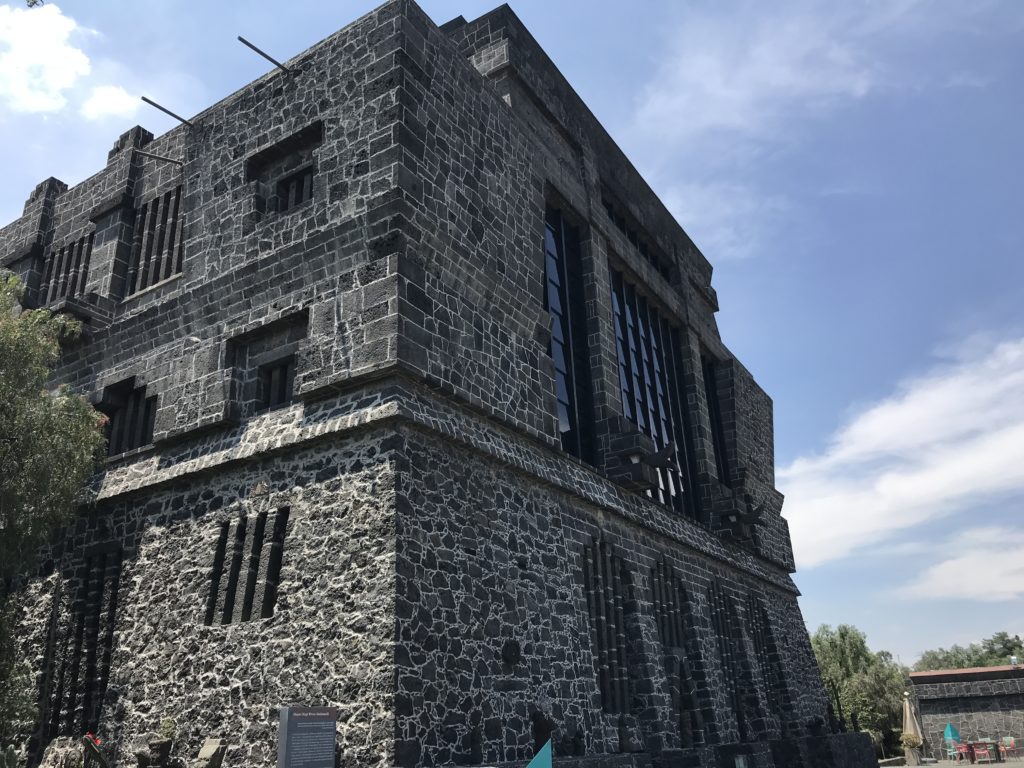Part One
Mexico City, September 2019
I follow travel blogs and podcasts enough to know there is little originality in lists.
For decades, I have wanted to visit Mexico City. Though I traveled several times to the Yucatan and along the west coast of Mexico, I never made it to the “big city.” I’ve had connecting flights at MEX, enough to realize its air quality ranked somewhere beneath LA in the best of times, or Beijing about any time. I had a week free this month, so I invited a friend to join me in a few day’s exploration.
So, though I generally eschew travel lists, here are the things I loved, and a couple I disliked, about Mexico City.
The National Museum of Anthropology is perhaps one of the best museums of its kind and a principle reason I wanted to visit CDMX (Ciudad de México). Opened in 1964 within beautiful and busy Chapultepec Park (grasshopper hill), this gigantic national museum displays a significant amount of archaeological and anthropological artifacts from Mexico’s pre-Columbian era. Exhibitions are well organized. There are treasures from the Mayan and Olmec civilizations as well as artifacts from the former Mexican lands in what is now southwestern U.S.A.

The original Aztec Sunstone, the sacred Cenote found at Chichen Itza, ceramics, feather headdresses, stone heads, jeweled masks, friezes and temple facades fill the numerous halls. The museum also has a model of the location and layout of the former Aztec capital Tenochtitlan, the site which is now modern-day Mexico City.
Cortés destroyed and rebuilt atop the indigenous Aztec temples of Tenochtitlan. Although the Spanish preserved Tenochtitlan’s basic layout, Catholic churches were built over Aztec temples and imperial palaces were claimed for themselves. Tenochtitlan was renamed “Mexico” because the Spanish found the word easier to pronounce.
While there is a plethora of activities located in an around Chapultepec Park, the best views of Mexico City will be found from the patios of Chapultepec Castle. Built originally in 1785 for the Spanish Viceroyalty, its most famous resident was Emperor Maximillian I and Empress Carlota during the Second Mexican Empire (1864-1867). The views are probably the best part of the castle. Some remnants of Maximillian remain. (Maximillian, brother of Austrian emperor Franz Joseph I, was executed by the Mexicans in 1867 and Carlota/Charlotte of Belgium and daughter to King Leopold I, returned to Belgium and was rumored to have gone mad.)

In September of 1847, the “Hero Children” died defending the castle from the U.S. forces during the Battle of Chapultepec in the Mexican-American War. This is depicted in the huge ceiling mural above the main entrance to the castle. The U.S. Marine Corps commemorates the men killed storming the castle with their “blood stripe” worn on their trousers and the first line “From the Halls of Montezuma” that begins their Marines’ Hymn.
After 1939, the castle was adapted into a museum.

The incredibly interesting Templo Mayor was discovered by workers of the electric company quite by accident in 1978. Digging and excavating this area, central to the historic center of the city, has led to the uncovering of one of the most important temples in Mexico. The ruins and museum are not to be missed. The Temple was begun around 1325 and rebuilt and expanded with each successive Aztec emperor. Unfortunately, Hernán Cortés underappreciated the indigenous peoples and commenced to destroy the temples, using their stones to build large homes and the Cathedral. Excavations are ongoing, particularly in an area where the Aztec ball courts are suspected to be located. The museum is excellent.
Teotihuacan Pyramids
The World Heritage Site of Pyramid of the Sun is about 30 miles northeast of the city. It is a site not to be missed. Teotihuacan can be easily reached by public transportation or using a tour.

The origins of the vast archaeological complex of Teotihuacan remain a mystery but it is believed the site was built by hand possibly around 200 AD, more than a thousand years before the Aztecs discovered this abandoned city. The name of Teotihuacan comes from the Aztecs. The site is huge and includes thousands of apartment dwellings, colorful murals, several pyramids, open plazas, botanical gardens, temples including one to the God Quetzalcoatl, and palaces. The main buildings are connected by the 130-foot-wide Avenue of the Dead which runs for 1.2 miles.
The massive Pyramid of the Sun, showpiece of the site, rises 230 feet and is over 700 feet at its base making it the third largest in the world (Great Pyramid at Giza is the second, the Pyramid in Cholula Mexico is largest). One can explore its interior and make the steep climb to its top.

Much of the artifacts that have been uncovered from Teotihuacan will be found in the National Museum of Anthropology. Also, a few pieces can be found within the private collection of Diego Rivera and displayed in the Museo Anahuacalli.This unusual museum was designed by the renowned architect Juan O’Gorman along with Rivera’s daughter Ruth. Anahuacalli is built of black volcanic stone in the form of a pyramid and houses Rivera’s huge collection of art gathered from almost every indigenous civilization in Mexico’s history. Rivera is thought to have owned the largest pre-Hispanic art collection in Mexico and this dramatic building located in the heart of Coyoacán is the perfect spot for it.
These museums and sites are superb and not to be missed by visitors of Mexico City. Entrance fees are priced reasonably, less than 4$ US, and some offer special entrances for seniors and students. Usually, photos are an extra fee, however, it seemed cell phones and NO flash were occasionally exempted from the fee. If there is a downside, it is the lack of English in many places. While there is excellent explanation overall, many displays were only in Spanish. Except for technical terms, a rudimentary knowledge of Spanish will be adequate. Another signage easily confused is the symbol for the Mexican peso as it looks just like the U.S. dollar symbol. What looks pretty expensive at $30 equates to about 1.50 U.S. dollar!
The one thing I would like to see developed in CDMX is a large sticker for our lapels which says in big bold, colorful letters “I Gave.” Buskers, beggers, and sales persons are never ending. One cannot walk peacefully down a block without being approached for money. The organ grinders, organilleros, are abundant. They even have assistants, hat in hand, pleading for money. Very official looking in their khaki uniforms, they are like all the other buskers along the streets looking for donations.
Nowhere else have I heard such an abuse of noise assaulting my ears. Every Mexican has a sales pitch and it is given at the top of his or her voice. Music and announcements blast from street side speakers at an intensity rarely heard elsewhere.
There is no doubt that Mexico City is one of the most vibrant cities of the world.
0 Comments